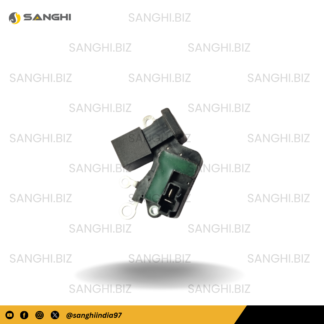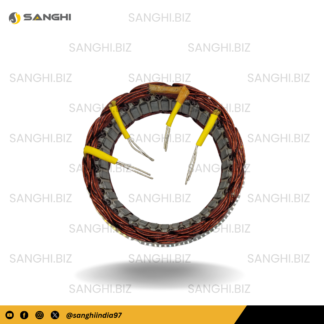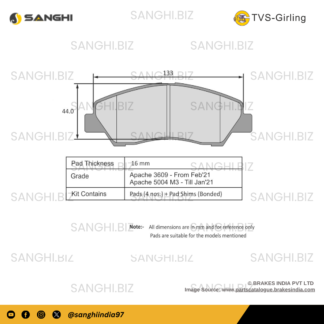Exploring the Crossover between Fashion and Car Design
Fashion and car design might seem like two distinct worlds, but they share a fascinating crossover that goes beyond appearances. Both industries are creative expressions of design, blending aesthetics, functionality, and innovation. In this blog, we will delve into the intriguing intersection of fashion and car design, highlighting how they influence and inspire each other.
1. Aesthetic Collaboration
Fashion designers and car designers are driven by the desire to create visually striking and aesthetically pleasing objects. The lines, shapes, and proportions in fashion often find parallels in car design. For example, a car’s sleek, curvaceous body can evoke the elegance of a well-tailored suit or a designer dress. The attention to detail in fashion, such as stitching and fabric selection, mirrors the meticulous craftsmanship found in luxury automobiles.
2. Color Palette and Materials
Both industries place great importance on color and materials. Car interiors often feature leather, wood, and metal, reflecting the premium materials used in high-end fashion. Fashion designers, on the other hand, draw inspiration from automotive color palettes and textures when creating clothing collections. The synergy between the two is evident in the use of metallic finishes, glossy surfaces, and matte textures.
3. Innovation and Technology
Innovation is at the core of both fashion and car design. Technology plays a significant role in pushing the boundaries of what is possible. High-tech fabrics and materials developed for sportswear, for instance, find their way into car interiors, enhancing comfort and performance. Similarly, advancements in automotive engineering influence the design of lightweight, durable, and aerodynamic clothing and accessories.
4. Brand Collaborations
Many luxury car brands collaborate with renowned fashion designers and brands to create limited-edition collections. These collaborations often result in unique clothing, accessories, and even custom-designed cars. For example, Mercedes-Benz has partnered with luxury fashion houses like Louis Vuitton and Hugo Boss, producing exclusive fashion collections inspired by the brand’s vehicles.
5. Sustainability and Eco-Friendly Design
Both fashion and car industries are increasingly embracing sustainability and eco-friendly design practices. Sustainable materials, ethical production processes, and recycling initiatives are becoming more common in both sectors. The shared commitment to reducing environmental impact demonstrates a growing convergence of values between the two industries.
6. Cultural Trends and Influences
Fashion and car design are also influenced by cultural trends and societal shifts. Urbanization, for instance, has led to the rise of compact cars and innovative mobility solutions, influencing city-inspired fashion trends. Additionally, social and cultural movements can shape the design language of both fashion and automobiles, reflecting changing values and desires.
7. Emotional Connection
Both fashion and cars evoke emotions and personal connections. People often choose clothing and vehicles that align with their self-expression and identity. Just as a stylish outfit can boost confidence, a beautifully designed car can provide a sense of pride and satisfaction. The emotional connection between these two realms is a powerful driver of consumer choices.
Conclusion
The crossover between fashion and car design is a testament to the universal language of design and aesthetics. These industries continually inspire and influence each other, pushing the boundaries of creativity and innovation. As fashion and car design continue to evolve, we can expect to see more exciting collaborations, innovative materials, and sustainable practices that reflect the changing tastes and values of consumers in the modern world. Ultimately, the blending of fashion and car design creates a rich tapestry of creativity and self-expression for individuals who appreciate the artistry in both realms.



